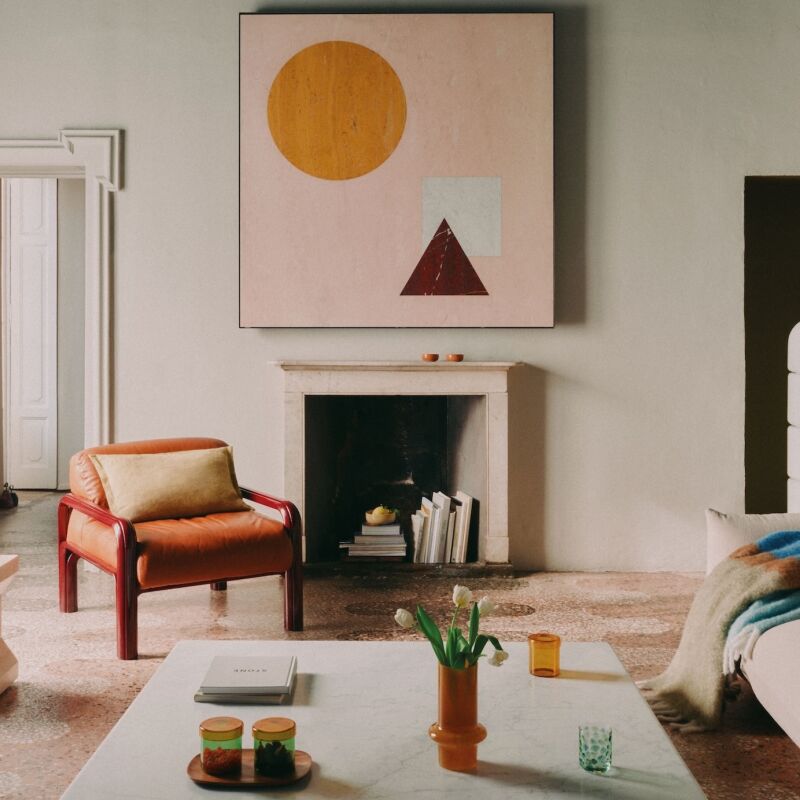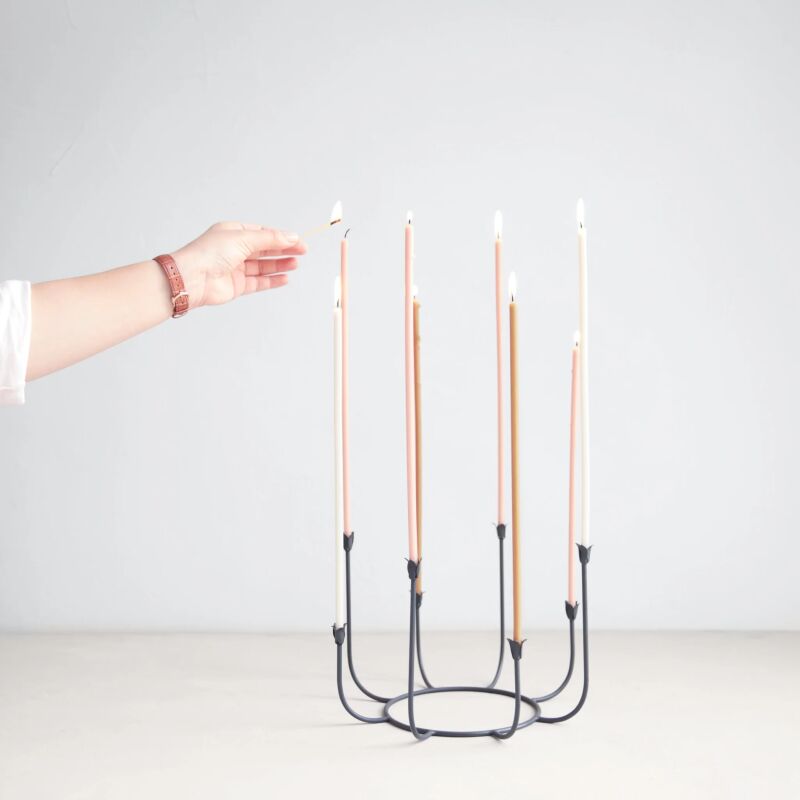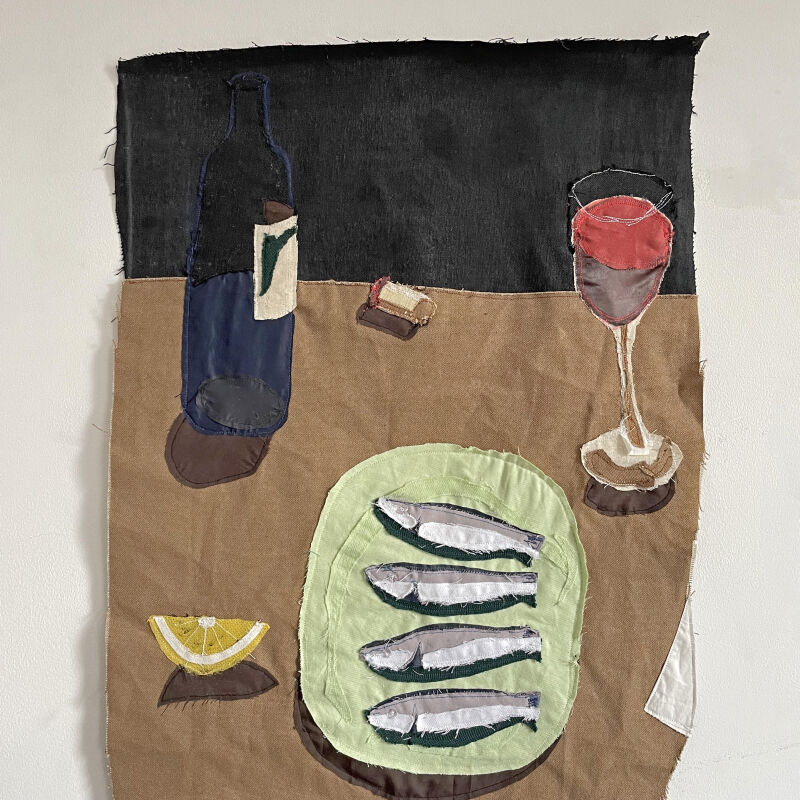Ever since we spotted the work of Kirstie van Noort from her graduating show at the Dutch Design Academy Eindhoven, it was clear she was a nascent talent. Her latest collection, called 6:1, proves the point.
For her graduating show, van Noort spent time in Cornwall, researching the origin and production of china in the mineral-rich southwestern corner of the UK, a major source of clay. In the process she discovered abandoned copper, tin and silver mines which became the genesis for her Cornwall collection. Sourcing twelve raw materials from the area (including china, tin, and copper) she created a color chart of 108 ceramic paints which she used in her line of earthenware and china. Her latest endeavor 6:1 also deals with the subject of waste and takes the residue used in the production of white porcelain to create a line of textured earthenware bowls and cups.
Photography via Kirstie van Noort on Flickr.

Above: The 6:1 collection, Van Noort’s latest work takes the waste from pure white porcelain production and uses it to create these pieces. The name refers to the six kilos of waste generated in the production of one kilo of porcelain.

Above: The color and texture of the 6:1 collection comes from the waste in porcelain production.

Above: In the Cornwall collection, the colors are achieved from dried and ground oxides diluted with water, then applied to earthenware and china. The objects are named after the areas where the materials are sourced, reflecting the importance of the industry in that area. The Bugle refers to the jug, but also to its original tin form and to the colored coating that was developed from the tin mine. The Geevor china saucepan refers to the intense shine of the copper mine.

Above: The Nanpean china cups and saucers are colored with pigments extracted from leftover mining waste.

Above: Porcelain bowls in colors from van Noort’s experiments with different types of oxides and white porcelain clay.
Above: An array of colors created for the Cornwall collection.
Above: Van Noort’s Collection project, where she accumulated useful objects to inspire her ceramics.
N.B. For more on ceramics, check out our Gallery.




Have a Question or Comment About This Post?
Join the conversation (0)